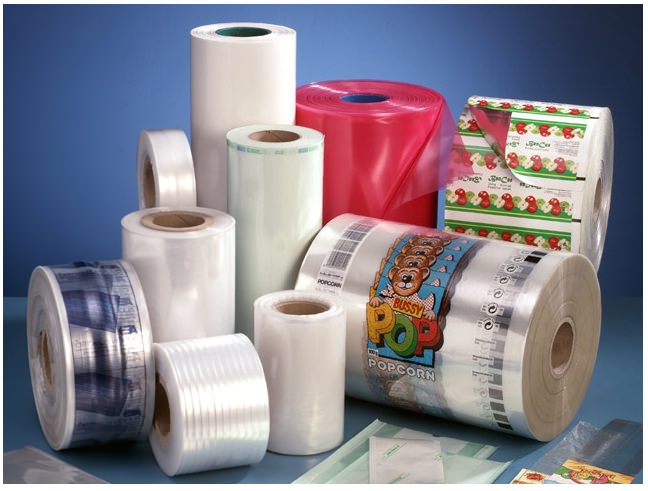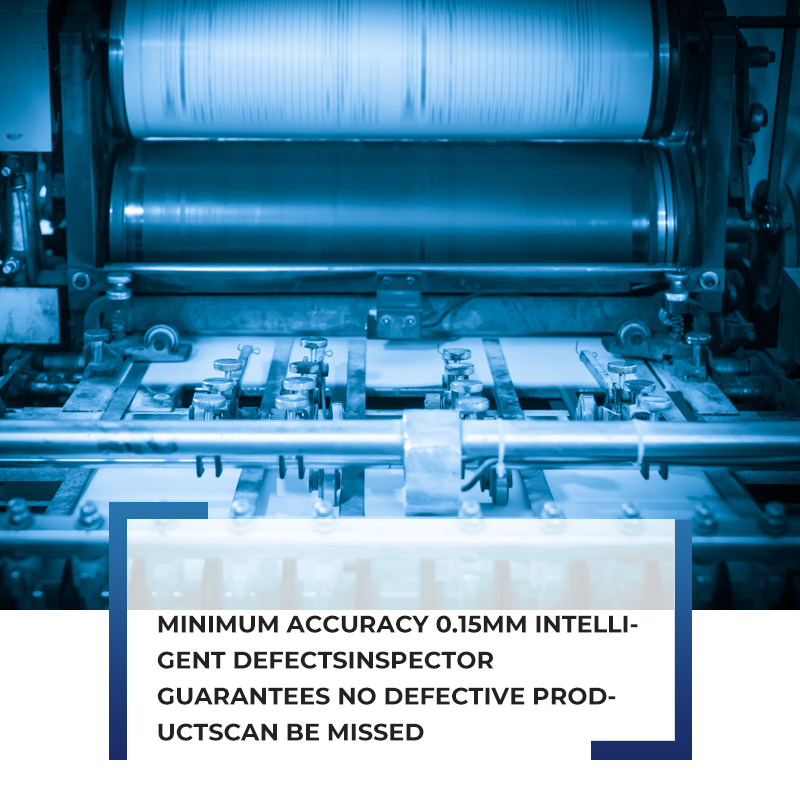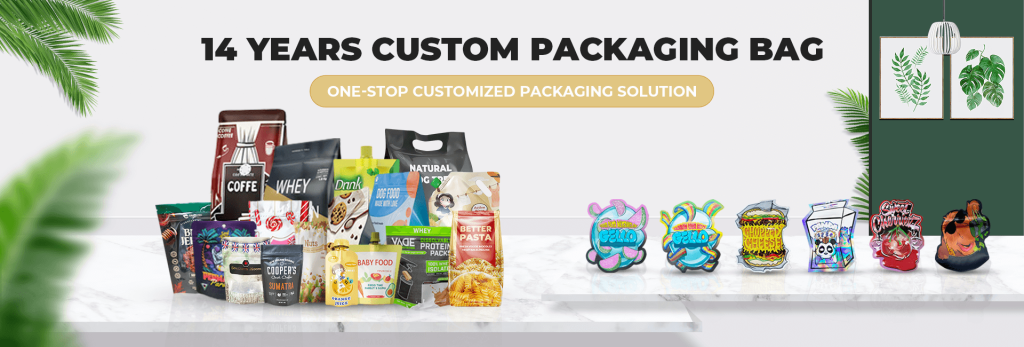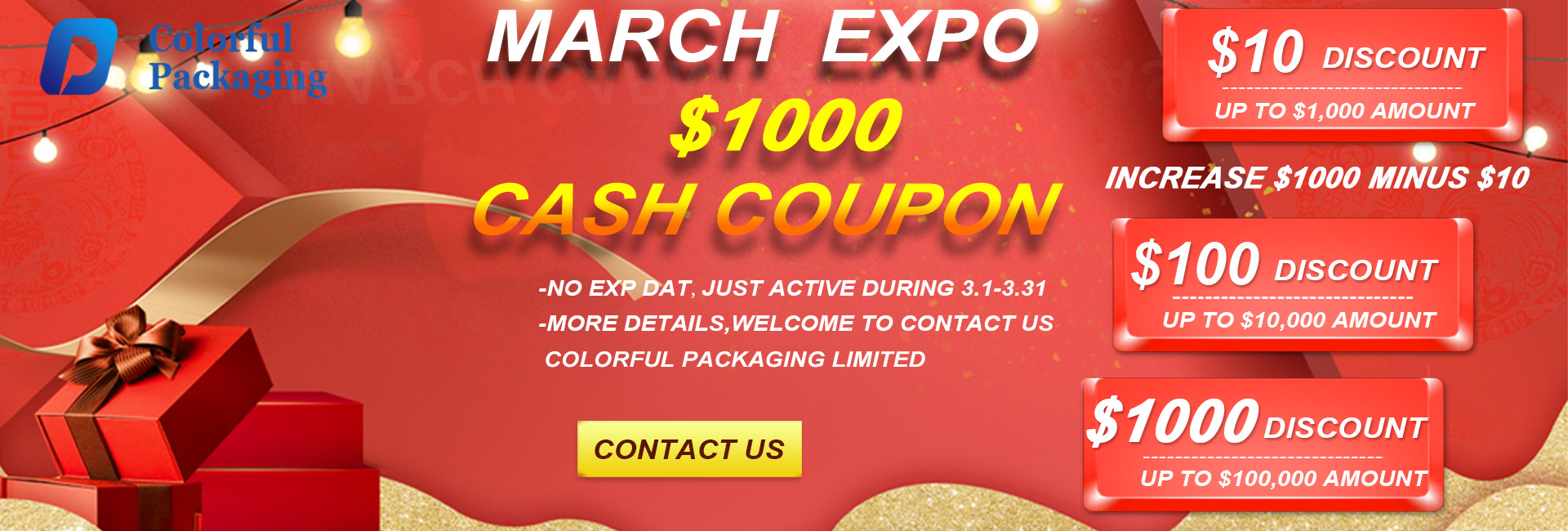In today’s competitive market, effective packaging is key to protecting products, enhancing shelf appeal, and supporting sustainability. Verpackungsfolien (packaging films) are an essential component of modern packaging solutions. These films come in a wide range of materials, thicknesses, and properties to suit different industries and applications, making them an increasingly popular choice for product packaging.

What Are Verpackungsfolien?
Verpackungsfolien are thin layers of plastic, paper, or other materials used for wrapping or covering products. They serve as a barrier to protect the product from external elements such as moisture, oxygen, light, and contamination. Commonly used in food, medical, and consumer goods industries, Verpackungsfolien offer a flexible and cost-effective solution for product protection and presentation.
These films can be clear or opaque, printed or unprinted, and can be laminated with other materials for enhanced properties such as strength, durability, or heat resistance. They are available in various forms, including rolls, sheets, or pre-formed pouches.
Types of Verpackungsfolien
There are many types of Verpackungsfolien used in packaging, each offering unique characteristics suited to specific products and industries. Below are some of the most common types:
1. Polyethylene (PE) Film
Polyethylene is one of the most widely used materials for Verpackungsfolien due to its versatility and cost-effectiveness. It provides excellent moisture resistance and is ideal for packaging perishable food items, such as fruits and vegetables. PE film is lightweight and recyclable, making it an eco-friendly option for brands focused on sustainability.
2. Polypropylene (PP) Film
Polypropylene film offers higher clarity than polyethylene, making it a great option for packaging where product visibility is important. It is often used in snack packaging, confectionery, and bakery items. PP film is also known for its high strength and resistance to tearing, ensuring that the packaging remains intact during transportation.
3. Polyester (PET) Film
Polyester or PET film is known for its excellent barrier properties, protecting products from moisture and oxygen. It is commonly used in packaging films for food products, beverages, and electronics. PET films also offer high transparency and gloss, making them ideal for packaging that needs to highlight the quality of the product inside.
4. Biodegradable Films
With sustainability becoming a top priority for consumers and brands, biodegradable Verpackungsfolien are gaining popularity. These films are made from materials like plant-based PLA (polylactic acid) or compostable polymers that break down more quickly in the environment. While they provide the same protective benefits as traditional films, biodegradable films are a more eco-conscious option.
Benefits of Using Verpackungsfolien
Switching to Verpackungsfolien offers numerous advantages for brands and consumers alike. Here are some key benefits:
1. Product Protection
One of the primary functions of Verpackungsfolien is to protect products from environmental factors such as moisture, air, and contamination. Whether it’s food, cosmetics, or electronics, these films act as a barrier to ensure the product’s freshness and longevity. Packaging films with excellent sealing properties also help prevent leaks and spills.
2. Extended Shelf Life
For industries like food and beverage, Verpackungsfolien can play a critical role in extending product shelf life. Films with high barrier properties prevent the infiltration of air and moisture, which can lead to spoilage. This allows perishable items like meat, cheese, and baked goods to remain fresher for longer, reducing food waste and improving profitability.
3. Cost-Effective Solution
Compared to rigid packaging materials like glass or metal, Verpackungsfolien offer a more economical option. They are lightweight, which reduces shipping costs, and can be produced in large quantities at a lower price point. Additionally, these films can be customized to fit the specific shape and size of the product, reducing material waste.
4. Sustainability
Many types of Verpackungsfolien are recyclable, and the rise of biodegradable options makes them an eco-friendly choice for brands aiming to reduce their carbon footprint. Thin, flexible films require less material to produce than traditional rigid packaging, further contributing to resource efficiency. Brands that prioritize sustainable packaging solutions are more likely to appeal to environmentally conscious consumers.
5. Customization Opportunities
Verpackungsfolien can be easily customized to meet the branding and marketing needs of businesses. Films can be printed with company logos, product information, or promotional messages, turning the packaging into a powerful advertising tool. Brands can also choose from different finishes, such as matte or gloss, to create a packaging look that aligns with their image.

How to Choose the Right Verpackungsfolien for Your Products
Selecting the best Verpackungsfolien for your products depends on several factors, including the type of product, its shelf life requirements, and the environmental conditions it will be exposed to. Here are some tips for choosing the right packaging film:
1. Consider Product Sensitivity
If your product is sensitive to moisture, light, or oxygen, choose a film with high barrier properties like PET or laminated films. For products that require breathability, such as fresh produce, opt for films that allow controlled air exchange, like polyethylene.
2. Determine Durability Needs
If your product needs to withstand rough handling during transportation, opt for durable films like polypropylene that are resistant to punctures and tears. For products that require a long shelf life, multi-layered films with reinforced properties are a good choice.
3. Evaluate Sustainability Goals
For brands aiming to reduce their environmental impact, choosing biodegradable or recyclable Verpackungsfolien is essential. Biodegradable films are ideal for short shelf life products, while recyclable films are perfect for maintaining product integrity while supporting eco-friendly practices.
4. Customization Options
If branding and marketing are a priority, select films that can be printed and customized. High-quality printing can transform your packaging into a powerful brand asset, so choose films that allow for vibrant, clear graphics and text.
Conclusion
Verpackungsfolien offer versatile and effective packaging solutions for a wide range of industries. With benefits like product protection, extended shelf life, and customization opportunities, they are an essential choice for businesses looking to enhance their packaging while maintaining cost-efficiency. As sustainability becomes a key factor in consumer purchasing decisions, opting for eco-friendly packaging films can also help brands align with environmental goals.
At Colorful Packaging, we offer a wide selection of custom Verpackungsfolien tailored to your specific product needs. Whether you’re looking for durable, high-barrier films or sustainable, biodegradable options, we’ve got you covered.



